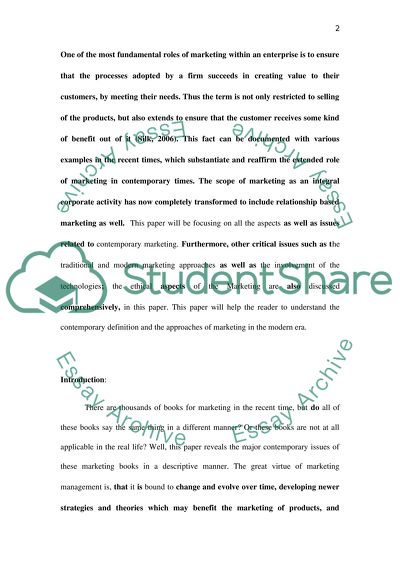Cite this document
(“The Contemporary Issues in Marketing Essay Example | Topics and Well Written Essays - 4000 words”, n.d.)
Retrieved de https://studentshare.org/marketing/1390283-the-contemporary-issues-in-marketing
Retrieved de https://studentshare.org/marketing/1390283-the-contemporary-issues-in-marketing
(The Contemporary Issues in Marketing Essay Example | Topics and Well Written Essays - 4000 Words)
https://studentshare.org/marketing/1390283-the-contemporary-issues-in-marketing.
https://studentshare.org/marketing/1390283-the-contemporary-issues-in-marketing.
“The Contemporary Issues in Marketing Essay Example | Topics and Well Written Essays - 4000 Words”, n.d. https://studentshare.org/marketing/1390283-the-contemporary-issues-in-marketing.


